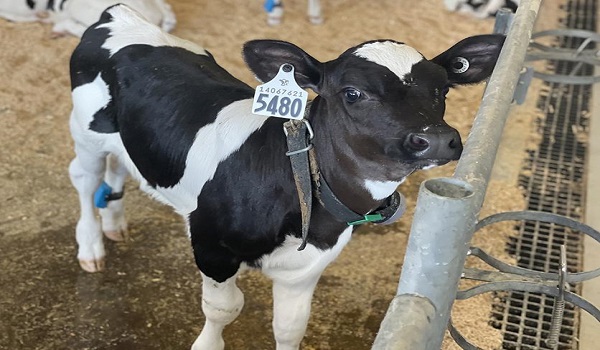A study by researchers from Penn State, the University of Kentucky, and University of Vermont has discovered that low-cost precision technology can detect bovine respiratory disease (BRD) days before symptoms appear. The researchers used precision technology and machine learning techniques to investigate the potential of this approach for timely and accurate diagnosis of BRD, including persistency and early detection in calves that aren’t yet showing clinical symptoms. BRD is the main cause for antimicrobial use in dairy calves and causes nearly a quarter of calf mortalities. Detecting the disease early on could help farmers treat their calves early, allowing for quicker recovery and minimizing long-term effects.
The study, published in the open-access scientific journal IEEE Access, produced several industry-firsts, including the first framework to perform early prediction of BRD persistency status, the first dataset to include precision tech, manual health exams, and ultrasonography imaging to diagnose BRD, and the dataset with the largest number of adopted precision technology devices.
The researchers used a machine learning model paired with a feature selection problem to select the best features that maximize prediction accuracy. They collected data from 159 calves and used both automatically-collected and manually-collected results to analyze the data. The results showed that their system labeled ill and healthy calves with 88% accuracy, correctly identified 70% of the calves four days before they were diagnosed with the disease, and 80% of calves that developed chronic BRD were detected within the first five days of sickness.
The study is the first work to study BRD persistency status through cost-effective machine learning techniques and the first study to publish such a comprehensive dataset, which includes ultrasonography along with health exams and provides the highest number of precision technologies. The researchers found that the relationship with behavioral changes in these animals was very different than animals that got better with one treatment. This suggests that IoT technologies empowered with machine learning inference techniques could identify these animals sooner, offering producers options for early treatment and treatment.


